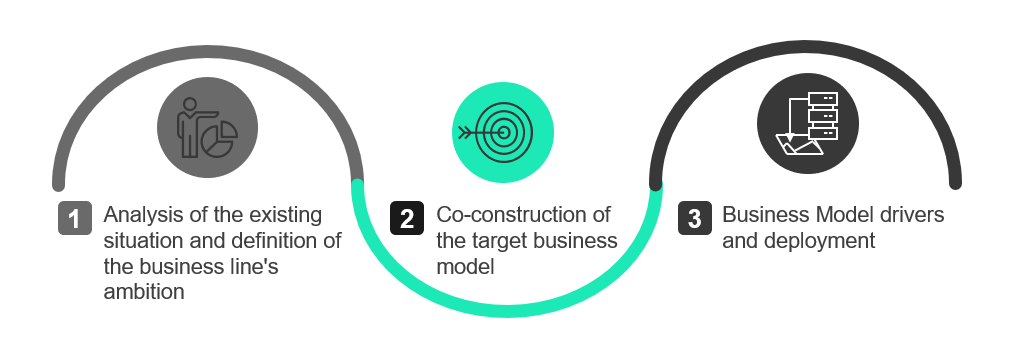Opportunities for waste management from solar and…

Climate adaptation requires not only operational change but adoptation on strategy level. All stakeholders need to be on the same page. Adapting more sustainable business models such as for example a circular business model entails organizational and transformational change in a company.

1. Proactivity:
Business understand the severeness of the situation and act appropriately for people and planet.
2. Cost control:
Adapting a more sustainable business model goes hand in hand with increasing efficiency and reducing cost of energy, water and other resources.
3. Reduce physical climate change risk:
Reducing exposure & vulnerability to climate change effects is part of a comprehensive sustainability strategy.
4. Prepare for stricter regulation:
Reducing risk related to regulations that will become more restricting in the future and anticipate the changes for possible opportunities given the EU's strong climate and energy ambitions.
5. Find sustainable growth drivers:
The ongoing environmental transition will require sustainable & low-carbon alternatives to almost all current human activities.
6. Adapt and create new product and services:
Integration of the product/ service life cycle approach to the product development process to measure its adequacy with the sustainability policy.
7. Corporate Social Responsibility:
Dedication to environmental and social initiatives strengthens Corporate Social Responsibility.
8. Create marketing advantage:
Customers are more inclined to support companies adapting their business model and taking actions for a more sustainable world.
9. Improve employee engagement:
Working for a sustainable company boosts employee motivation, engagement and productivity.
Sia Partners assists companies in their sustainable business model transformation with the aim of:
